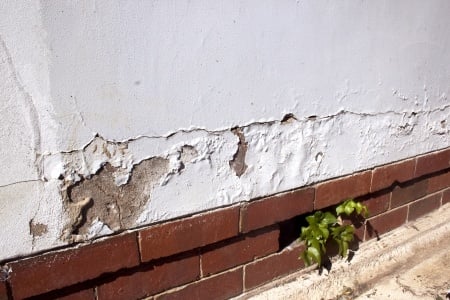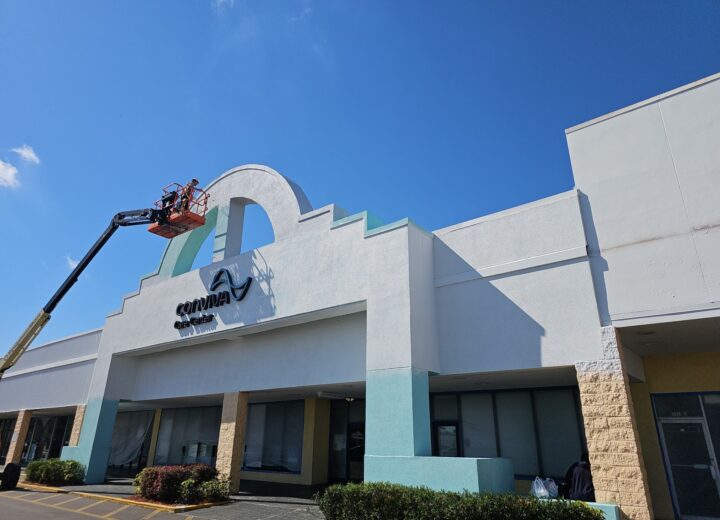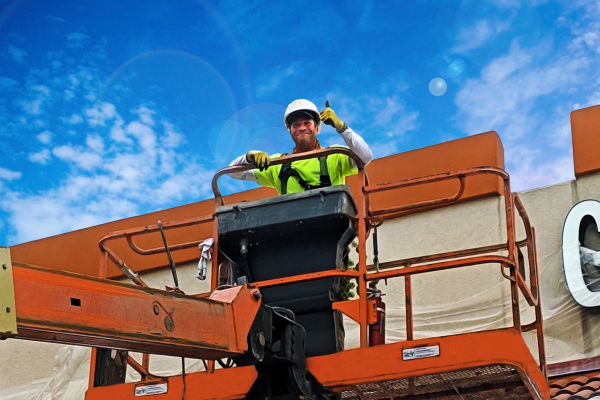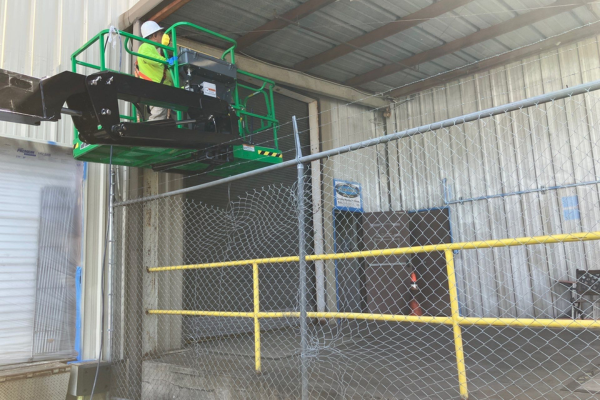Unsightly areas on walls and poor protection against moisture and water penetration are two problems usually resulting from exterior peeling paint. Although peeling paint defines a common issue, especially in places characterized by high humidity, such as Jacksonville, Florida, it must be addressed and solved as soon as possible to avoid more serious, costly problems, including mold growth and wood decay. To help home and business owners fix peeling paint, prevent reoccurrence, and avoid bigger problems, our experts recommend the following eight simple corrective measures.
 Identify the underlying cause: You can always paint over an area where paint has peeled off. But paint will continue to peel off until the source of the problem is identified and eliminated. Poor wall preparation, moisture accumulation within walls, incorrect rolling techniques, painting in adverse weather conditions, adhesion failure caused by poor-quality products or incompatibility between primer and paint types, and normal wear and tear are some of the reasons for peeling paint.
Identify the underlying cause: You can always paint over an area where paint has peeled off. But paint will continue to peel off until the source of the problem is identified and eliminated. Poor wall preparation, moisture accumulation within walls, incorrect rolling techniques, painting in adverse weather conditions, adhesion failure caused by poor-quality products or incompatibility between primer and paint types, and normal wear and tear are some of the reasons for peeling paint.
- Remove loose paint: To fix exterior peeling paint, you need to scrape off all loose paint. For this, you should use a scraper to remove the paint, a wire brush to sweep away remaining debris, and fine-grit sandpaper to smooth away the surface.
- Buy a good-quality filler: Apply the filler according to the manufacturer’s instructions to repair cracks and holes. After filling all cracks and holes, let the product dry properly and use the same fine-grit sandpaper to eliminate irregularities and roughness and make the area even with the surrounding surface. To prevent recurrence of peeling, wash the wall and let it dry completely before applying the primer and paint.
- Use a pre-painting cleaner: Special cleaning solutions can be used to prepare walls for painting. Most of these products promote good adhesion between the substrate and the paint, improve recoatability of previously painted surfaces, and kill mold spores, preventing future mold growth.
- Check the weather: Painting under the harsh Florida sun is one of the biggest mistakes you can make. Exterior paint should only be applied to dry surfaces, in shade or partial shade, at ambient temperatures and relative humidity levels ranging between 40°F and 75°F and between 40% and 70%, respectively.
- Choose the right primer and paint: Since Florida has a humid subtropical climate, opting for waterproofing products can help prevent moisture problems usually leading to exterior peeling paint. Acrylic latex paint is one of the best products you can get to ensure the durability of a paint job in a humid environment. Special primers and paints containing mildewcides can also be used to address mold growth, which is another serious problem encountered frequently in humid climates.
- Correct blistering paint: In some cases, exterior peeling paint is the result of paint blisters, which may appear suddenly or gradually after painting. When blistering occurs, let the paint dry, then cut open each blister and remove the peeling paint. If you can see the plaster or stucco after removing the paint, the problem was most probably caused by moisture trapped inside the wall; if you can see a previous coat of paint, the problem resulted from applying the topcoat before the undercoat has thoroughly dried.
- Retexture the surface: Retexturing the surface is sometimes necessary for a coherent, uniform appearance. In this case, it’s very important to choose a finish that will match the existing surface.
When it comes to correcting exterior peeling paint, the most surefire way to achieve success is to follow the tips mentioned above. For more information on how to maintain exterior painted surfaces, we invite you to visit our blog.






